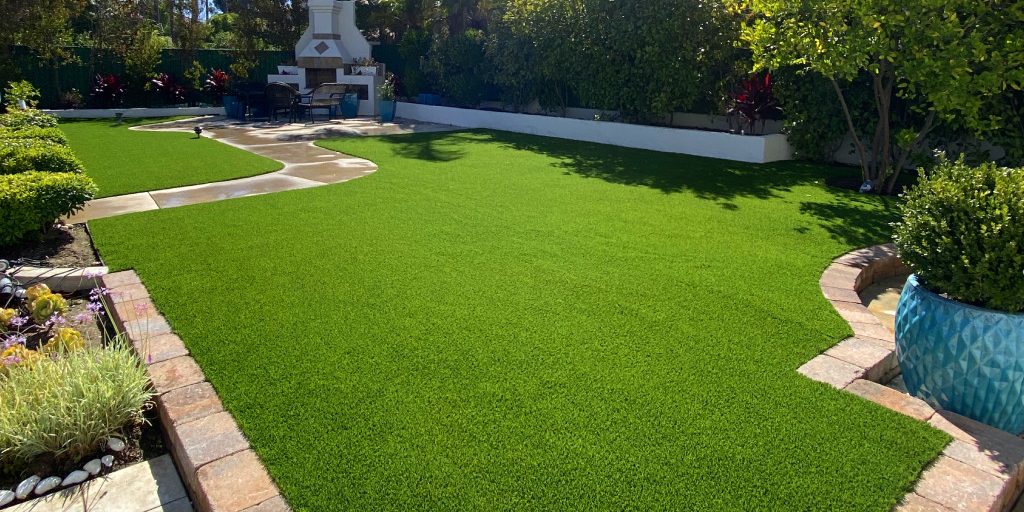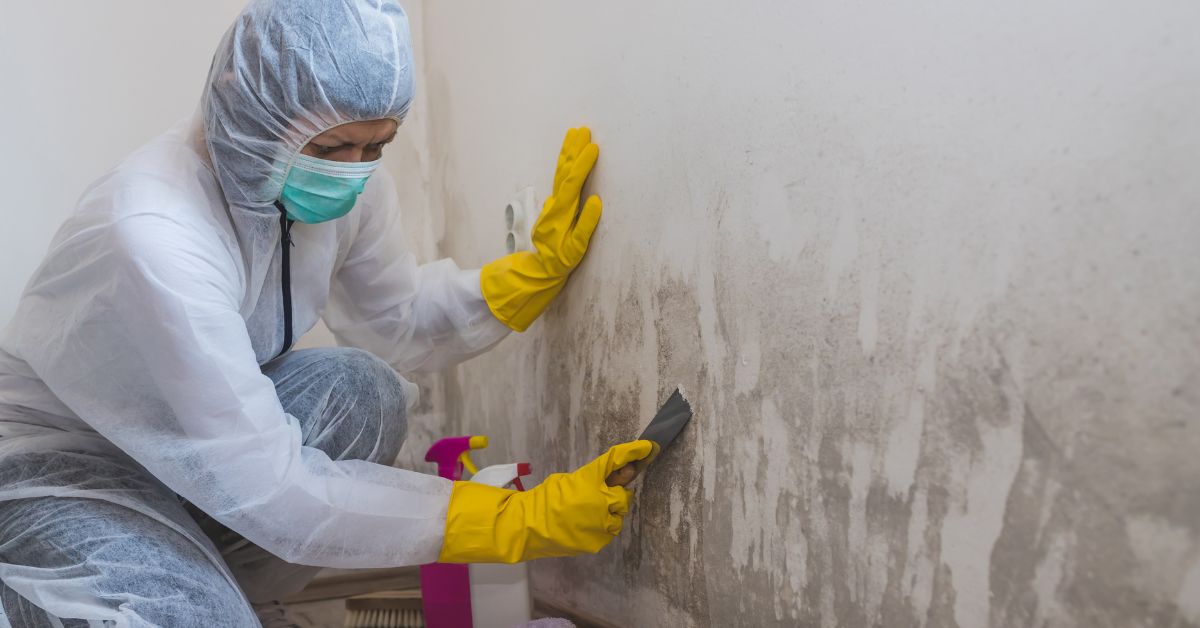Transforming Your Space The Power of Interior Design Services
Understanding the Role of Interior Design Services
Interior design services offer a comprehensive approach to enhancing the functionality and aesthetics of your living or working space. By working with experienced interior designers, you can create personalized and stylish environments that reflect your unique style and preferences.
The Benefits of Hiring Professional Interior Designers
- Expertise and Experience: Interior designers possess the knowledge and skills to create functional and visually appealing spaces. They understand color theory, spatial planning, and the latest design trends.
- Time-Saving: Hiring a professional designer can save you time and effort. They can handle tasks like space planning, furniture selection, and project management.
- Personalized Design: Interior designers work closely with clients to understand their needs, preferences, and lifestyle. They create custom design solutions that cater to individual tastes.
- Problem-Solving: Designers can identify and solve design challenges, such as awkward layouts, poor lighting, and inadequate storage.
- Cost-Effective Solutions: By sourcing materials and furniture efficiently, interior designers can help you stay within your budget.
Key Aspects of Interior Design Services
- Space Planning and Layout:
- Creating functional and efficient layouts for various spaces, such as living rooms, bedrooms, kitchens, and home offices.
- Optimizing traffic flow and maximizing space utilization.
- Considering factors like natural light, ventilation, and ergonomics.
- Color Palette Selection:
- Choosing colors that complement your style and create the desired ambiance.
- Considering color psychology and the impact of color on mood and behavior.
- Coordinating colors with furniture, flooring, and accessories.
- Furniture Selection and Arrangement:
- Sourcing furniture that is both aesthetically pleasing and functional.
- Arranging furniture to create comfortable and inviting spaces.
- Considering factors like scale, proportion, and balance.
- Lighting Design:
- Planning the lighting scheme to enhance the overall ambiance and highlight specific areas.
- Using a combination of ambient, task, and accent lighting to create a layered effect.
- Selecting appropriate fixtures and considering energy efficiency.
- Material and Finishes:
- Choosing materials and finishes that are durable, aesthetically pleasing, and sustainable.
- Coordinating materials and finishes with the overall design scheme.
- Window Treatments:
- Selecting window treatments that provide privacy, control light, and enhance the aesthetics of the space.
- Considering factors like fabric, style, and hardware.
- Accessorizing:
- Adding decorative elements, such as artwork, rugs, and throw pillows, to personalize the space.
- Using accessories to create focal points and add visual interest.
The Interior Design Process
- Initial Consultation:
- Discussing the client’s needs, preferences, and budget.
- Conducting a site visit to assess the space.
- Design Concept Development:
- Creating design concepts and mood boards to visualize the proposed design.
- Presenting design options to the client and incorporating feedback.
- Space Planning and Layout:
- Developing detailed floor plans and elevations.
- Considering furniture arrangement, traffic flow, and storage solutions.
- Material and Finish Selection:
- Sourcing materials and finishes that align with the design concept and budget.
- Coordinating with suppliers and contractors.
- Project Management:
- Overseeing the project timeline and ensuring timely completion.
- Managing contractors and subcontractors.
- Installation and Styling:
- Coordinating furniture and fixture installations.
- Adding finishing touches and accessories to complete the design.
Finding the Right Interior Designer
When hiring an interior designer, consider the following factors:
- Experience and Expertise: Look for designers with experience in your specific design style and project type.
- Portfolio: Review the designer’s portfolio to assess their creativity and ability to execute projects.
- Communication Skills: Effective communication is crucial for a successful design process.
- Professionalism and Reliability: Choose a designer who is reliable, organized, and dedicated to delivering high-quality work.
- Cost and Fees: Discuss the designer’s fee structure and payment terms upfront.
By investing in interior design services, you can transform your space into a beautiful and functional environment that reflects your unique style and personality.




